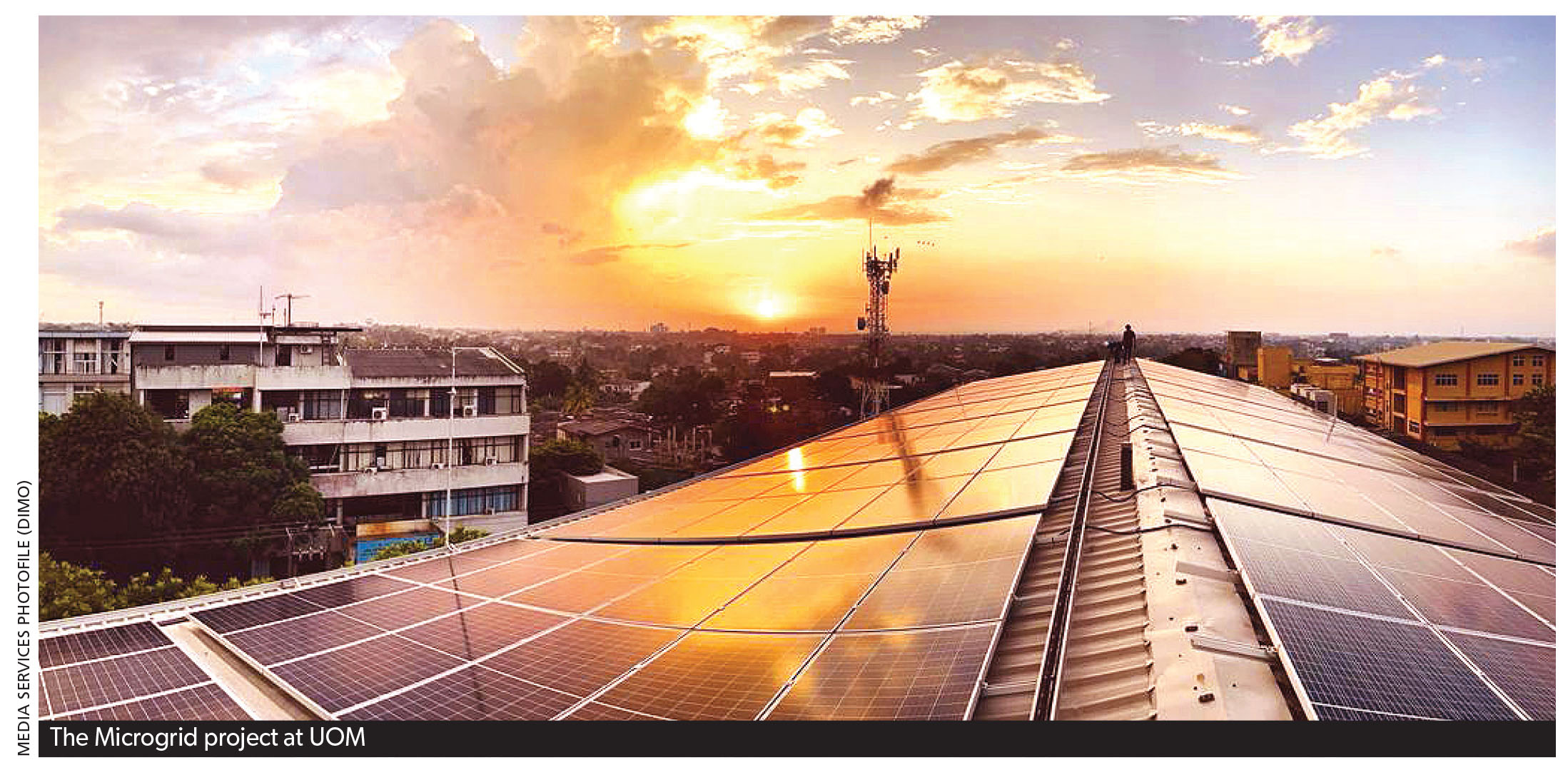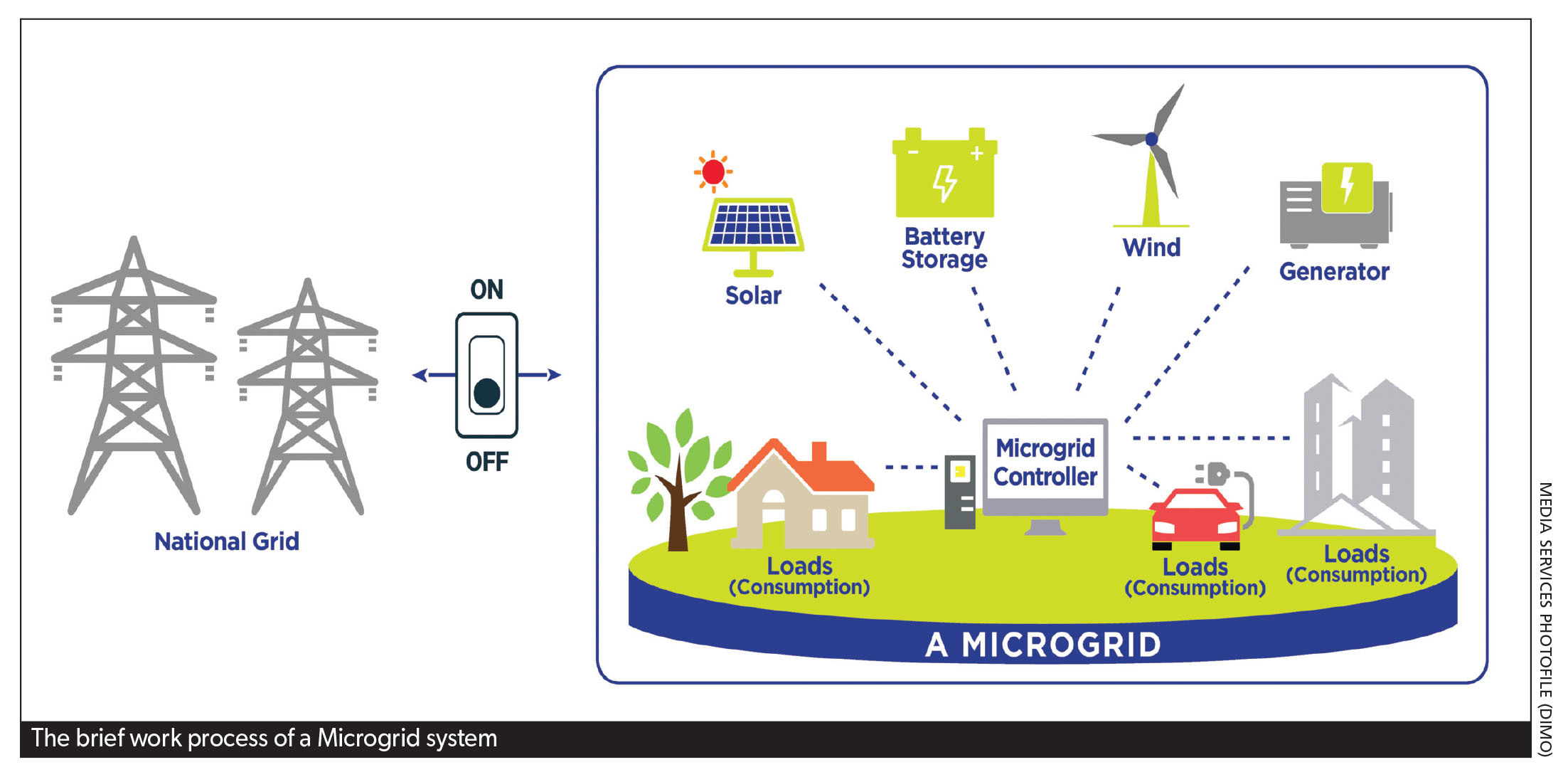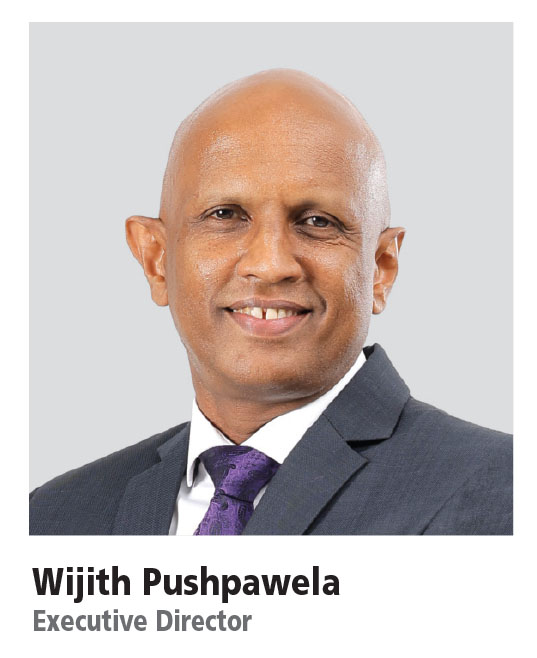DIMO
Q: How is DIMO reshaping the green energy landscape of Sri Lanka?
A: Together with its German partner SIEMENS, DIMO has supplied equipment and provided solutions to the CEB to develop 50 percent of the country’s power infrastructure so that electricity generated through different sources can be transmitted and distributed to end users.
Integrating renewable energy sources into the power grid necessitates constructing resilient infrastructure that’s in keeping with their volatile nature. DIMO and SIEMENS have modernised the substations in Mannar and Anuradhapura to evacuate power generated by the country’s largest wind power plant to the national grid and DIMO installed the country’s first two variable shunt reactors in those grid substations.
DIMO continues to contribute to projects initiated by the power utilities sector to integrate more renewable energy sources into the national grid. The company also works with world renowned brands to introduce various renewable energy solutions to Sri Lanka.
Q: What’s a microgrid system? Could you elaborate on the microgrid that’s been installed at the University of Moratuwa (UoM)?
A: A microgrid is one that’s built within a compound and has the capacity to operate either independently or with the national grid. Microgrids are perfect for generating power for a building complex or an island and consist of solar panels and/or wind turbines, depending on the availability of the sun and wind in the area, together with battery storage, diesel generators and power management systems.
The power management systems can identify the most effective and reliable energy source available at any given time and switch accordingly, and then seamlessly power the premises.
Sri Lanka’s first microgrid enables UoM to generate its power requirement within its premises and consists of 375 kW of solar PV, 418 kWh of battery storage and a 1170 kVA backup diesel generator.
On sunny days, the power management system switches to solar power and the surplus power is stored in the battery.
Batteries are used if the weather is gloomy and diesel generators are used if battery storage is insufficient. If the microgrid is connected to the national grid and considered the most suitable energy source, it will switch to the national grid.
Q: And what was DIMO’s role in the microgrid project at UoM?
A: The Asian Development Bank (ADB) funded the project and Lanka Electricity Company (LECO) owned it while DIMO and DHYBRID introduced this revolutionary technology to the nation.
DIMO managed all aspects of the procurement of necessary equipment, the installation process and project management. The project was completed on time, ensuring the high quality of installation and standards, which was admired by both the ADB and LECO.
Q: How will the microgrid concept benefit Sri Lanka as a sustainable energy solution?
A: A microgrid is a sustainable energy solution for industries that demand continuous power supply for their operations. Power outages cause significant losses for sectors such as glass and ceramic since their manufacturing processes require uninterrupted operations.
Microgrids can be used as an off-grid alternative in isolated locations when national grid connectivity is unavailable or expensive. It also allows organisations to sustain themselves with power generation through solar, wind, battery storage and generators.
These systems determine the most cost-effective energy source at any given time and switch accordingly based on the data entered into the system, which is optimal for the current scenario.
Q: What is DIMO’s expertise in providing innovative solutions in renewable energy especially in the solar segment?
A: DIMO’s expertise in establishing power infrastructure in the country evolved with our skilled team of engineers who collaborate closely with world-renowned principals such as SIEMENS and DHYBRID to pave the way for developing renewable energy in the country.
Solar power plants including rooftops, account for only 14 percent of the country’s total installed base even though Sri Lanka receives sunlight almost daily.
By identifying industries that operate factories on diesel generators during power cuts, DIMO introduced DI-Solar, which is a cost-effective version of the microgrid concept. It allows the power generated by solar PV systems to be used during daytime power disruptions and eliminates power wastage.
This permits the power generated by solar PV to be used without any mode of battery storage, which is perfect for enterprises facing numerous challenges due to power outages. It also reduces the cost of fuel for generators by 50-70 percent.
Q: How can DIMO support corporates that are interested in the microgrid concept?
A: We will conduct a site survey and feasibility study, as well as an analysis of the potential financial benefits and ROI. After that we will plan the project and also manage its exemplary execution.
In the DI-Solar segment, we customise the product according to the client’s existing solar PV system and also provide solar PV systems along with this solution for those organisations that don’t possess pre-installed solar PV systems. All these installations are backed by the unmatched after sales service of DIMO.
Telephone 0776 449797
Email di.solar@dimolanka.com
Website www.dimolanka.com






